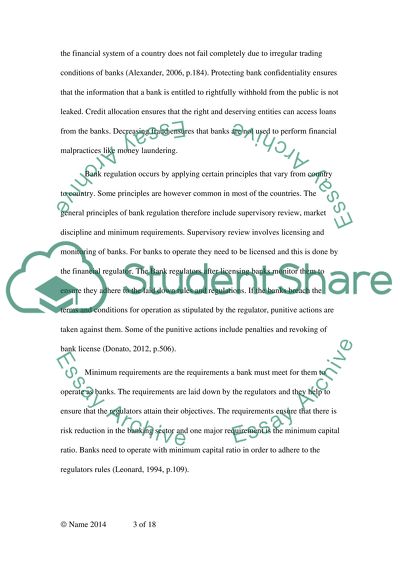Cite this document
(“Bank regulation Essay Example | Topics and Well Written Essays - 3000 words - 1”, n.d.)
Bank regulation Essay Example | Topics and Well Written Essays - 3000 words - 1. Retrieved from https://studentshare.org/finance-accounting/1671289-bank-regulation
Bank regulation Essay Example | Topics and Well Written Essays - 3000 words - 1. Retrieved from https://studentshare.org/finance-accounting/1671289-bank-regulation
(Bank Regulation Essay Example | Topics and Well Written Essays - 3000 Words - 1)
Bank Regulation Essay Example | Topics and Well Written Essays - 3000 Words - 1. https://studentshare.org/finance-accounting/1671289-bank-regulation.
Bank Regulation Essay Example | Topics and Well Written Essays - 3000 Words - 1. https://studentshare.org/finance-accounting/1671289-bank-regulation.
“Bank Regulation Essay Example | Topics and Well Written Essays - 3000 Words - 1”, n.d. https://studentshare.org/finance-accounting/1671289-bank-regulation.


